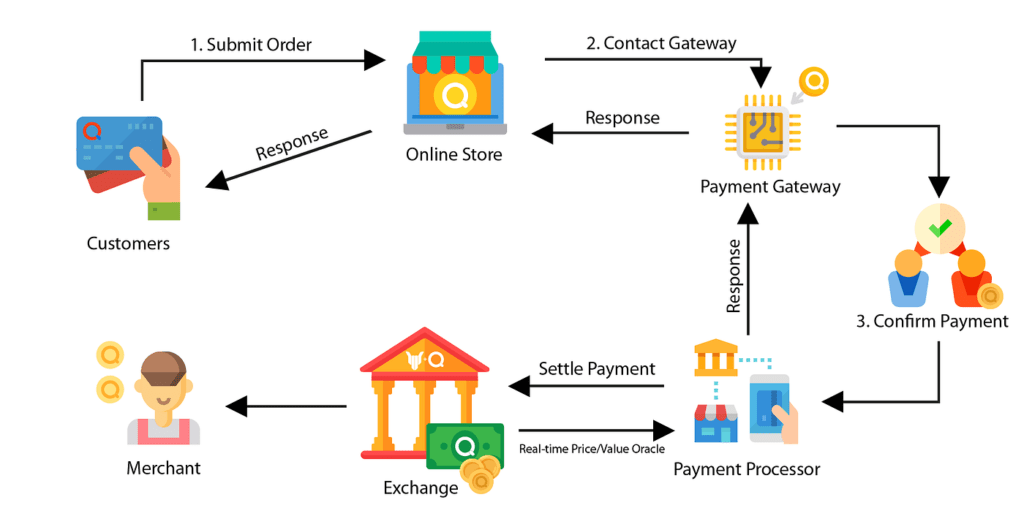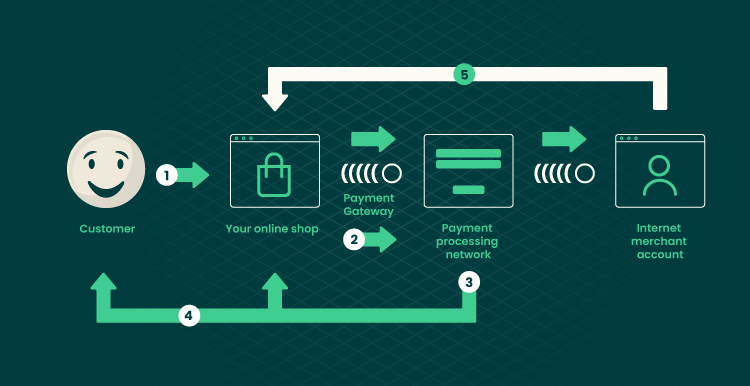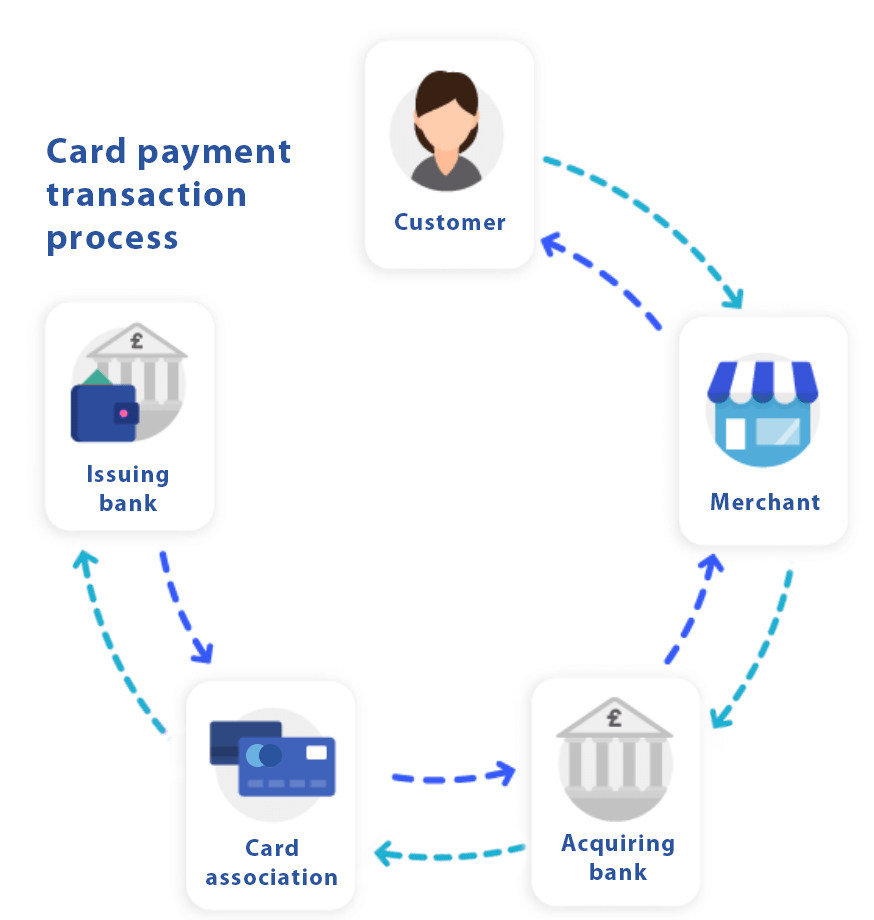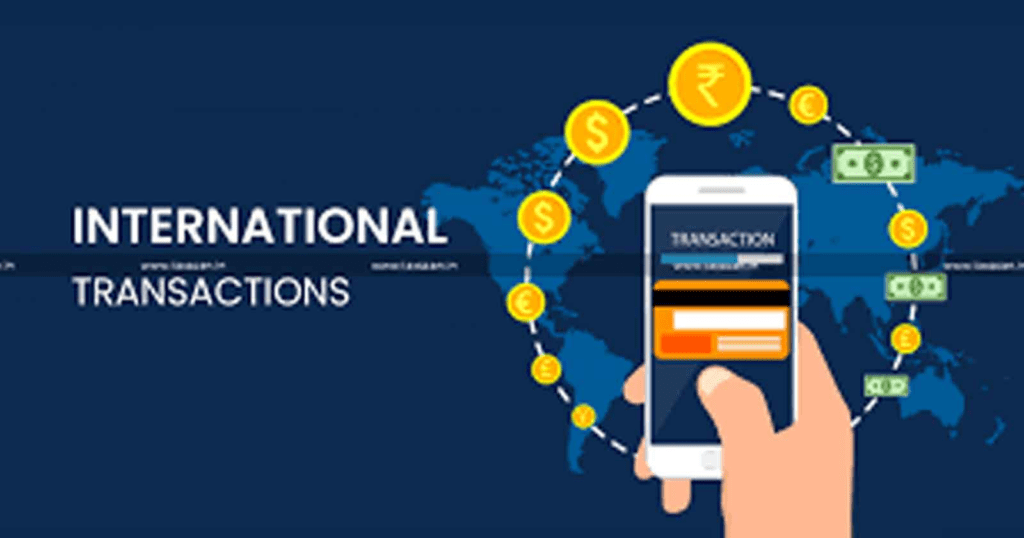NAME : CORA JOSU
DATE : 03/11/2023
In the world of e-commerce, the Payment Gateway Process is the unsung hero that ensures a smooth and secure transaction [1]experience for customers and merchants alike. Understanding the step-by-step process of setting up and utilizing a payment gateway is crucial for businesses operating in the digital realm. This article will guide you through the payment gateway process, shedding light on its significance, how it works, and the essential steps involved payment gateway process step by step.
What Is a Payment Gateway?
Before delving into the step-by-step process, let’s start with the basics. A payment gateway is an online service[2] that acts as an intermediary[3] between the customer’s bank[4] and the merchant’s website[5]. Its primary function is to securely process payment information, making online transactions quick, convenient, and safe.
The Significance of Payment Gateways
Payment gateways have become an indispensable part of the digital commerce landscape for several reasons:

Enhanced Security:
Payment gateways employ robust encryption techniques[1] to ensure the security of sensitive data such as credit card information. This security feature instills trust in customers, making them more likely to complete transactions.
Convenience:
Customers expect a hassle-free and quick payment process. Payment gateways offer multiple payment options and store customer information securely, making it easier for repeat transactions.
Credibility:
For online businesses, having a payment gateway in place adds a layer of professionalism and credibility. Customers are more likely to trust websites with secure payment processes.
How Does a Payment Gateway Work?
The payment gateway process involves several steps, each crucial to ensure the successful completion of an online transaction:[2]

Data Encryption:
When a customer enters their payment information, the payment gateway encrypts this data to prevent unauthorized access. This encryption ensures the security of the customer’s sensitive information.
Authorization Request:
The encrypted payment information is then sent to the customer’s bank for authorization. The bank verifies the details, checks for sufficient funds, and confirms whether the transaction can proceed.
Transaction Confirmation:
Once the bank approves the transaction, a confirmation is sent back through the payment gateway to the merchant’s website. After the customer’s payment is approved, both the buyer and the seller will be notified of the successful transaction.
Now that we have a fundamental understanding[3] of payment gateways, let’s explore the step-by-step process of setting up and using them effectively.
Steps to Set Up a Payment Gateway
Setting up a payment gateway may seem daunting, but it can be broken down into manageable steps:

Business Registration:
Before you can set up a payment gateway, ensure that your business is officially registered and complies with the necessary legal requirements.
Choose a Payment Gateway Provider:
Selecting a reliable payment gateway provider is a crucial first step. It’s essential to choose a provider that aligns with your business needs and caters to your target audience.
Application and Verification:
Fill out an application with your chosen payment gateway provider. The provider will likely require documents and information[4] about your business. Following the submission, your application will undergo a meticulous validation procedure.
Integration:
Once your application is approved, you’ll need to integrate the payment gateway with your website or e-commerce platform. Most payment gateway providers offer APIs or plugins to simplify this process.
Testing:
Before going live, thorough testing is essential. Test the payment gateway extensively to ensure that it functions correctly and securely. This step is critical to prevent any issues during actual transactions.
Go Live:
After successful testing, your payment gateway is ready for real transactions. You can start accepting payments from customers securely.
Choosing the Right Payment Gateway
Selecting the right payment gateway is a critical decision for your business. Consider the following factors when making your choice:
Transaction Fees:
Different payment gateway providers have varying fee structures. Ensure you understand the transaction fees and other costs associated with each provider.
Supported Payment Methods:
Consider the payment methods that the gateway supports. Some customers may prefer credit cards, while others may opt for digital wallets or other payment options.
Compatibility with E-commerce Platform:
If you’re running an e-commerce website, make sure the payment gateway is compatible with your chosen platform. Compatibility simplifies integration and reduces technical issues.
Security Measures in Payment Gateways
Ensuring the security of your payment gateway is paramount.[5] Payment gateways implement several security measures to protect sensitive customer information:
Data Encryption:
As mentioned earlier, payment gateways use strong encryption techniques to protect customer data from potential breaches.
Tokenization:
Tokenization replaces sensitive customer data with unique tokens. Even if a breach occurs, the actual data remains secure.
Two-Factor Authentication:
Many payment gateways employ two-factor authentication to add an extra layer of security to transactions.
Mobile Payment Gateways
In an era dominated by smartphones, mobile payment gateways have gained immense popularity. These gateways cater specifically to the mobile user experience, making payments on smartphones quick and straightforward.
International Transactions
If your business operates on a global scale, ensure that your chosen payment gateway can handle international transactions. It should also support various currencies to accommodate customers from different parts of the world.

Integration with E-commerce Websites
For e-commerce businesses, the seamless integration of a payment gateway with your website is crucial. A well-integrated PG ensures that the checkout process is effortless and efficient for customers.
Fees and Charges
Understanding the fees and charges associated with your chosen payment gateway is crucial for budgeting and cost management. These fees may include:
Transaction Fees: Charged for each successful transaction.
Monthly Fees: Ongoing fees for using the payment gateway’s services.
Chargeback Fees: Incurred when customers dispute a transaction.
Troubleshooting Payment Gateway Issues
Even with a well-implemented payment gateway, issues may arise. It’s crucial to prepare for potential problems and have a plan in place to address them promptly. This ensures minimal disruption to your business operations and maintains a positive customer experience.[6]
Customer Experience and Trust
A seamless payment gateway process significantly enhances the overall customer experience. When customers find the payment process convenient and secure, it builds trust, encourages repeat business, and ultimately contributes to your business’s success.
FAQs
1. What is a payment gateway?
A payment gateway is an online service that facilitates electronic transactions by securely processing payment information between customers and merchants.
2. How do I choose the right payment gateway for my business?
Consider factors like transaction fees, integration options, supported payment methods, and





